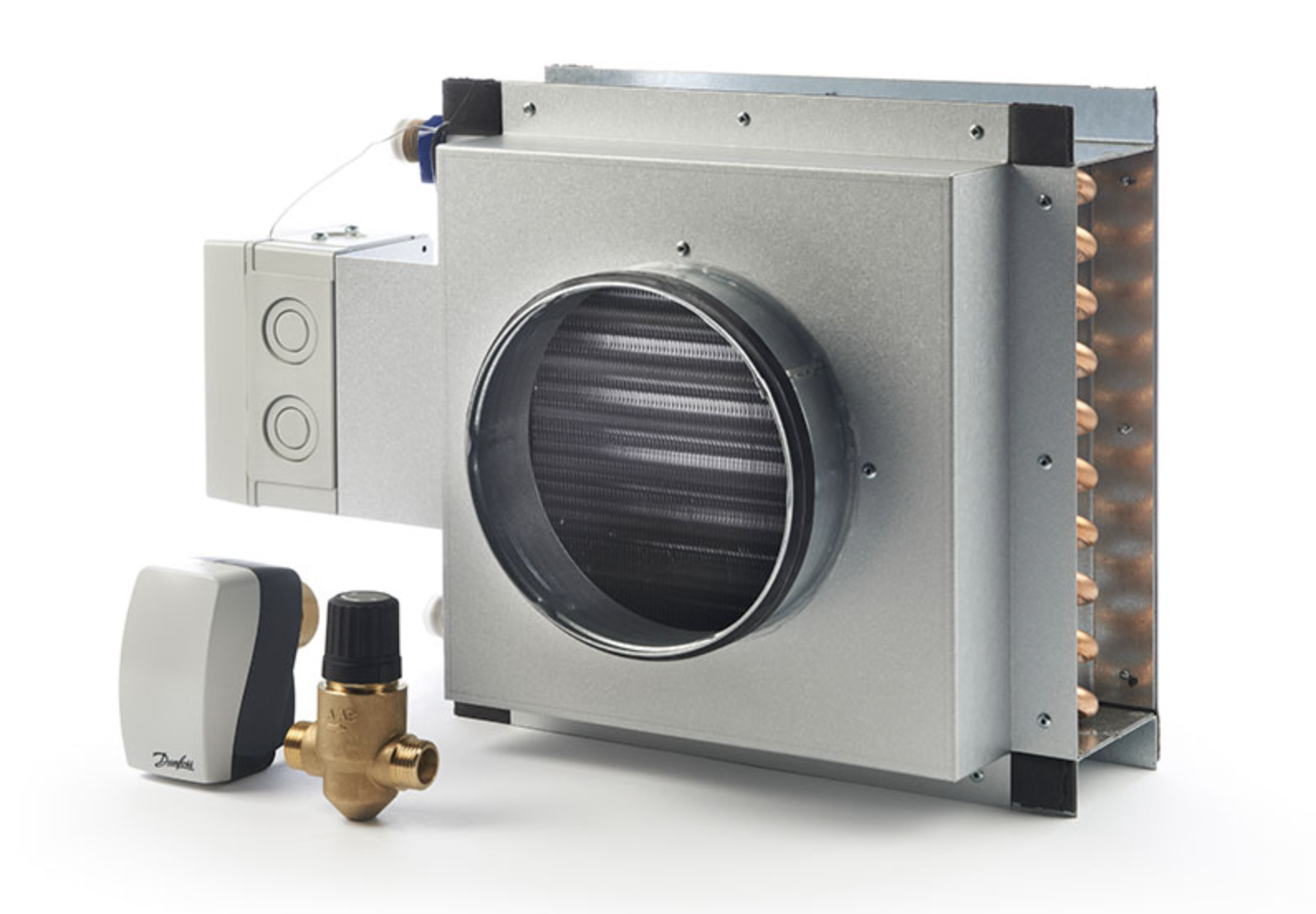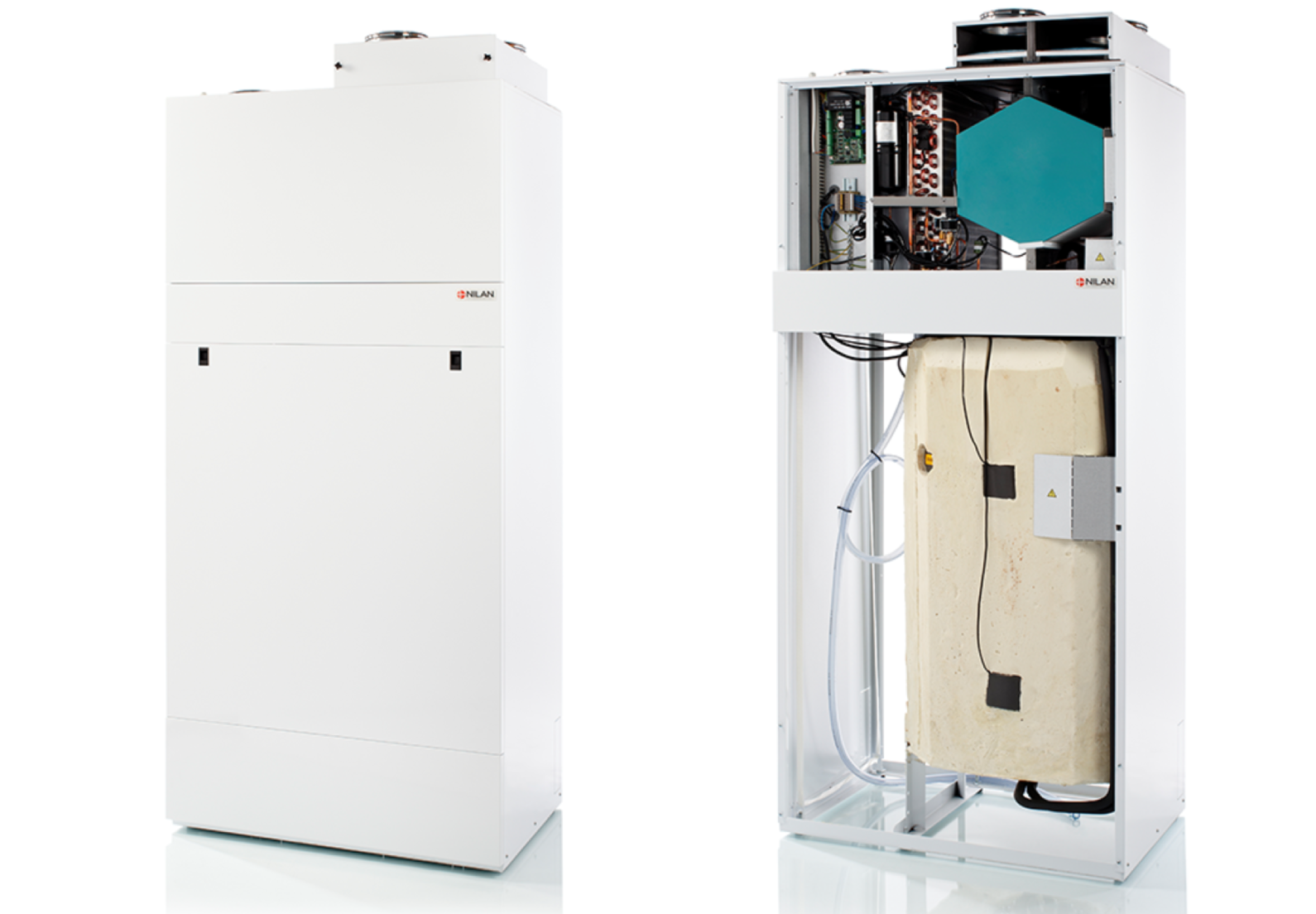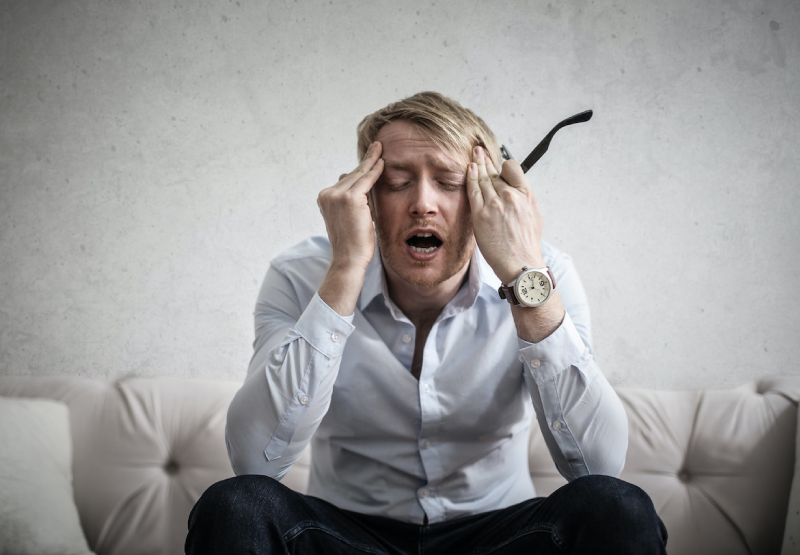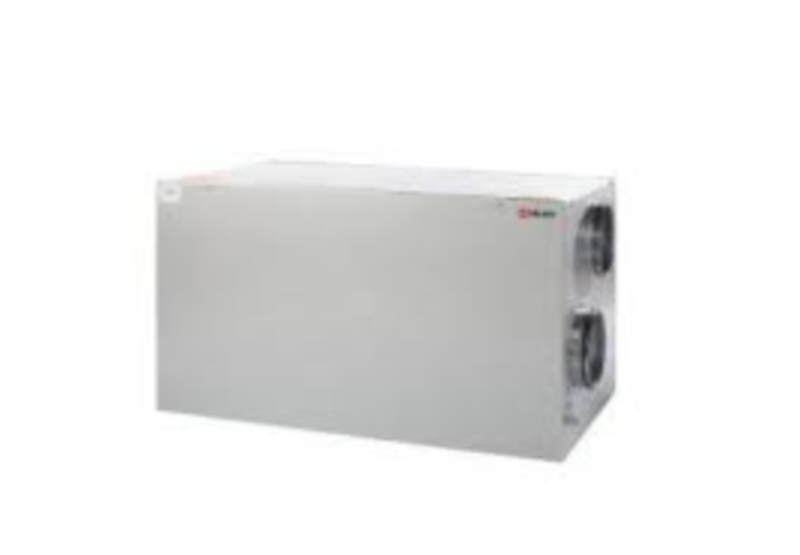Guide to help you navigate the imperative steps in maintaining your Mechanical Ventilation with Heat Recovery (MVHR) system for optimal performance. Proper maintenance is key to ensuring the efficient operation, air quality, and longevity of your system. By following these expert tips and guidelines, you can keep your MVHR system running smoothly and effectively, providing a healthy indoor environment for you and your family.
Understanding Your MVHR System
Types of MVHR Systems
While shopping for a Mechanical Ventilation with Heat Recovery (MVHR) system, it’s crucial to understand the various types available. The two main types of MVHR systems are centralized and decentralized systems. A centralized system treats all supply and extract points as part of a single system, whereas a decentralized system treats each room as a separate system. The decision on which type to choose depends on factors such as the layout of the building and the desired level of control over individual room ventilation.
| Centralized MVHR System | Decentralized MVHR System |
| – Treats all supply and extract points as one system | – Treats each room as a separate system |
| – Suitable for buildings with uniform ventilation requirements | – Offers more control over individual room ventilation |
| – Requires less maintenance | – Allows for customized ventilation in each room |
| – Generally more cost-effective | – Can be more energy-efficient in certain scenarios |
Assume that your decision should be based on the specific needs and layout of your building.
Key Factors Influencing MVHR Performance
One of the key factors that significantly influences the performance of an MVHR system is the quality of the installation. A well-installed system with properly sealed ductwork and airtight connections ensures maximum efficiency and minimizes heat loss. Proper sizing of the system based on the building’s ventilation requirements is crucial to ensure optimal performance and energy savings. After installation, regular maintenance and filter replacement are important to keep the system running smoothly and efficiently.
- Quality of installation and ductwork sealing
- Proper sizing of the system
- Regular maintenance and filter replacement
An MVHR system’s performance can also be influenced by external factors such as outdoor air quality, temperature, and humidity levels. Properly adjusting and balancing the system settings according to changing environmental conditions can help maintain optimal performance and indoor air quality. After installation, ongoing monitoring and adjustments may be necessary to ensure that the system continues to operate efficiently and effectively.
- External factors like outdoor air quality and temperature
- System settings adjustments for changing environmental conditions
- Ongoing monitoring and adjustments for peak performance
Systems
While the type of MVHR system and the quality of installation are crucial, ongoing maintenance and monitoring play a vital role in ensuring the system’s long-term performance and efficiency. By understanding these key factors and consistently implementing best practices, you can maximize the benefits of your MVHR system and enjoy a healthier indoor environment for years to come.
General Maintenance Tips for MVHR Systems
Now, let’s probe into the important general maintenance tips for your MVHR system to ensure it functions optimally and efficiently. Regular maintenance is key to preserving the longevity and effectiveness of your system. To learn more about MVHR systems, you can refer to this MVHR: mechanical ventilation with heat recovery guide.
Pros and Cons of Regular Maintenance
On the topic of maintaining your MVHR system, it is crucial to understand the advantages and disadvantages of regular maintenance. Below is a breakdown of the pros and cons:
| Pros | Cons |
| Extended system lifespan | Cost of regular servicing |
| Improved air quality | Downtime for maintenance |
Identifying Common Maintenance Needs
Tips for recognizing common maintenance requirements of your MVHR system can save you time and prevent potential issues. By staying vigilant, you can address any maintenance needs promptly and avoid costly repairs. Maintenance checks should be conducted regularly to ensure all components are functioning correctly.
Maintenance tasks may include cleaning filters, inspecting ductwork for leaks or blockages, checking the heat exchanger for dirt buildup, and ensuring all connections are secure. Regular servicing by a qualified technician is also recommended to maintain peak performance.
Step-by-Step MVHR Maintenance Guide
Once again, keeping your MVHR system properly maintained is crucial for optimal performance and efficiency. Follow this step-by-step guide to ensure your system functions effectively for years to come.
| Daily and Weekly Maintenance Steps | Monthly and Annual Maintenance Procedures |
|---|---|
Daily: Check the filters for dust and debris. Clean any visible build-up with a vacuum or damp cloth. Ensure all vents are unobstructed. Weekly: Clean the inlet and outlet vents. Check the system for any strange noises or odors. | Monthly: Inspect the ductwork for any leaks or damage. Clean the heat exchanger and remove any build-up. Check the condensate drain for blockages. |
Daily and Weekly Maintenance Steps
Clearly, incorporating daily and weekly maintenance tasks into your routine will help prevent any major issues with your MVHR system. Keeping the filters and vents clean ensures proper airflow and indoor air quality.
Monthly and Annual Maintenance Procedures
Monthly, it is crucial to inspect the ductwork for leaks or damage that could affect the system’s efficiency. Annual maintenance should include a thorough cleaning of the entire system, including the heat exchanger and condensate drain, to prevent any build-up that could lead to malfunctions.
Advanced Maintenance and Troubleshooting
For advanced maintenance and troubleshooting of your MVHR system, it is important to have a good understanding of its components and how they work together. This chapter will provide you with the necessary information to perform more complex tasks and identify potential issues.
- When to Seek Professional Assistance
- Upgrading and Replacing Parts
When to Seek Professional Assistance
Some maintenance and troubleshooting tasks may be beyond your expertise, and in such cases, it is important to seek professional assistance. If you encounter complex issues such as unusual noises, persistent airflow problems, or system malfunctions despite regular maintenance, it is best to contact a qualified technician to diagnose and resolve the problem.
Upgrading and Replacing Parts
There’s a point in the lifespan of your MVHR system where upgrading or replacing certain parts becomes necessary to ensure optimal performance. Components like filters, fans, and sensors may wear out over time and require replacement to maintain efficiency.
Upgrading your MVHR system’s components can also enhance its performance and increase energy efficiency. Consider upgrading to more advanced filters or fans to improve air quality and circulation. When replacing parts, always refer to the manufacturer’s guidelines and consult with a professional if needed.
Summing up
On the whole, maintaining your MVHR system is crucial for ensuring its efficiency, longevity, and the quality of the air in your home. By following the tips and guidelines provided in this complete guide, you can properly care for your system and enjoy all its benefits. Regular inspections, filter replacements, and professional servicing will help you maximize the performance of your MVHR system and create a healthier living environment for you and your family. Remember that a well-maintained MVHR system not only saves you money on energy costs but also contributes to a more sustainable and comfortable home. Keep up with the maintenance tasks outlined here to enjoy clean, fresh air all year round.
Related Posts
 Nilan: The Comprehensive Guide to Nilan Heating Systems
Nilan: The Comprehensive Guide to Nilan Heating Systems
 Nilan Compact P Basic: A Guide to Efficient Home Ventilation
Nilan Compact P Basic: A Guide to Efficient Home Ventilation
 Common Problems with Heat Pumps
Common Problems with Heat Pumps
 What to Ask When Buying a Nilan Heat Pump?
What to Ask When Buying a Nilan Heat Pump?
 The Comfort CT300 / Polar
The Comfort CT300 / Polar
 Heat Pump Units
Heat Pump Units
 The Nilan Comfort 450: A Top-of-the-Line Ventilation Unit
The Nilan Comfort 450: A Top-of-the-Line Ventilation Unit
 Breathe Easy with Nilan: Your Expert Guide to South East MVHR Systems
Breathe Easy with Nilan: Your Expert Guide to South East MVHR Systems
 Why Nilan Heat Pumps are the Future of Heating and Ventilation
Why Nilan Heat Pumps are the Future of Heating and Ventilation
 Understanding The Cost Savings Of Heat Pumps – A Closer Look
Understanding The Cost Savings Of Heat Pumps – A Closer Look

